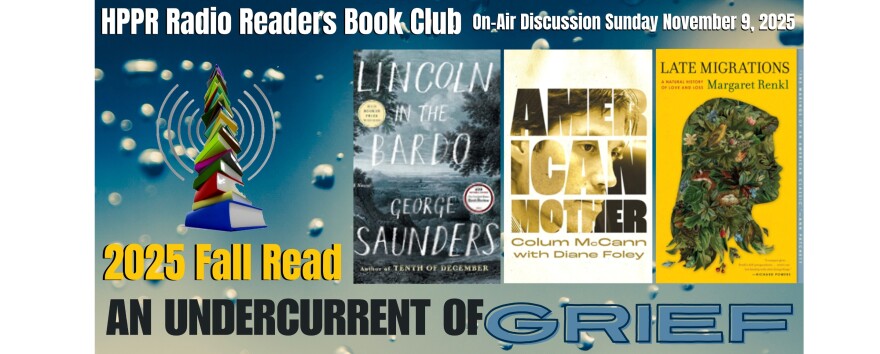This is Mike Strong, in Hays, for HPPR. The book is “That Old Ace in the Hole” by Annie Proulx.
Bob Dollar is Annie Proulx’s protagonist, and his journeys and questions are used by Proulx to give us a review of current issues, most of which are more urgent today, two decades after her book came out.
At that time, the Ogallala was losing water. It remains an issue, this time more urgent. With global climate changes affecting distribution of water, both too much and not enough, we are already into consequences of not having made changes when those changes would have been less drastic.
In the book, Ace Crouch tells Bob Dollar, “Irrigation with Ogallala water saved everthing, proved that if you toughed it out, you’d get your just reward. What nobody seen at first was how it would backfire, open the door to this agribusiness and corporate farmin.”
This is all fairly recent in geological terms. I remember when my Uncle Bud was putting in wells in the 1950’s to pull up water for irrigation. Around then he also pastured beef cattle, Herefords. Lots of them. We would usually get a side of beef once or twice a year, have it cut into steaks and packaged for the freezer.
That was tasty beef. Then the first of the massive feed yards cut into his cattle business. It wasn’t just cost, but a different standard in fat and other content which shifted the market until Bud gave up the cattle end of his business.
It also changed the taste of the beef, more water and fat content with taste that seemed (stills seems) blunted. And, because of so many animals penned together, conditions for disease increased and with it antibiotics to fight disease in those pens.
The looming danger in “Ace in the Hole” is hog yards. Ace Crouch tells Bob Dollar:
“Bob, everbody here knows a few things about swine. Some still do raise them on a small scale. Phil Bule raises beeler pork, no antibiotics, no growth stimulants or hormones, and it’s the best you ever eat. His pigs live outside and they can go in the sun or the shade as they want. The skin on factory hogs is as thin as tissue paper. Try to get em in the truck, just touch em and they bleed. An some a those hogs is so weighty their legs snap like sticks. Pigs twitch their head and rub themselves raw on pen wire. Of all the creatures’ lives on God’s earth, for downright pure - dee hell the life of a hog farm pig has got a be the worst.”
As the locals in the panhandle begin to figure out Bob Dollar’s mission, Bob begins to change and Ace has a plan in mind to fend off the corporation.
Ace’s plan reminded me of my stepfather, Don’s efforts with Midwest Glass in Columbus, Nebraska back in the late 1950’s, early 60’s. He was one of several small glass shops in small towns in the region, who were being pressured by a major glass company’s efforts to take over the territory with their own shops. The large company could cut prices at will and could get quantity glass prices.
So, Don and a number of other small town glass shops in the region got together to buy railroad cars of glass from PPG. That gave them a price break. They would purchase a freight car of glass from PPG delivered to Omaha. Once it got there, they would all drive their glass trucks to Omaha, load up their shares of the cargo, and then drive back to their respective small towns. They stayed in business.
In “Ace in the Hole” you can see that kind of resilient co-operation building. The power of so-called small.
This is Mike Strong, in Hays, for HPPR Radio Readers Book Club









